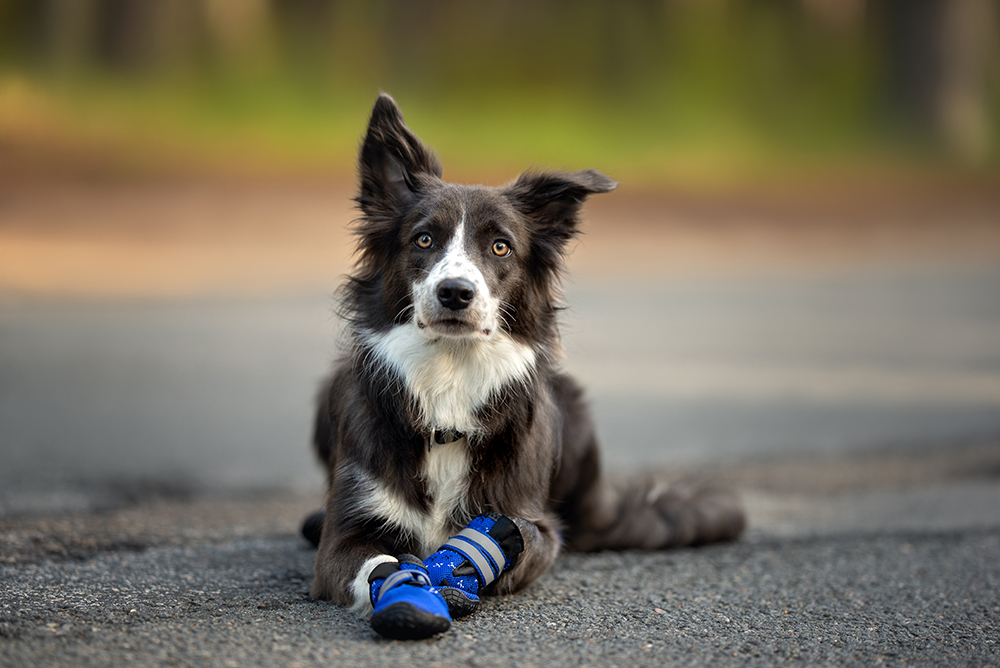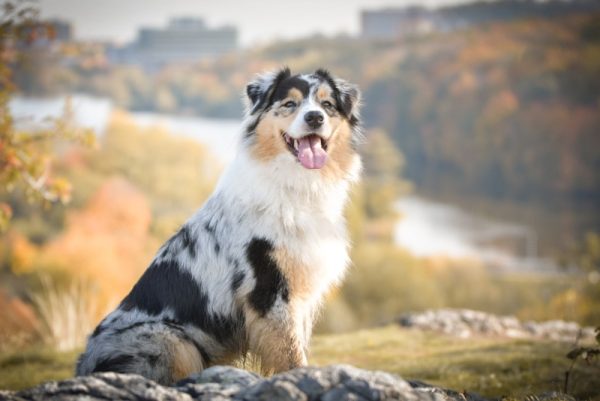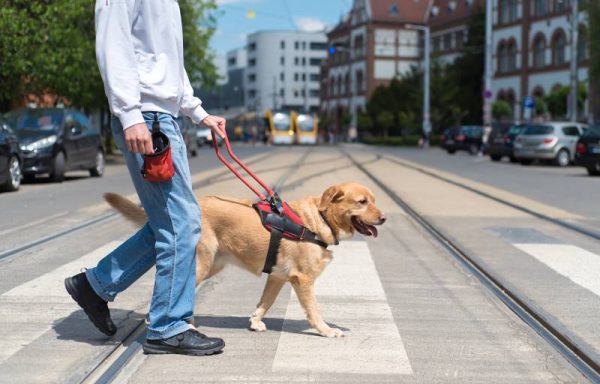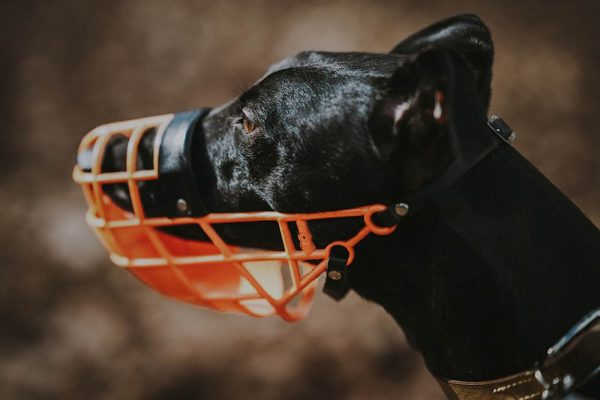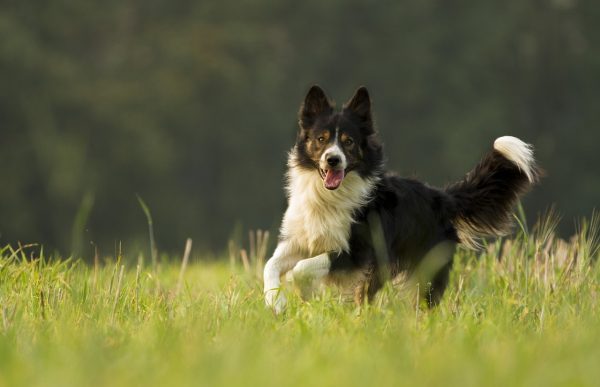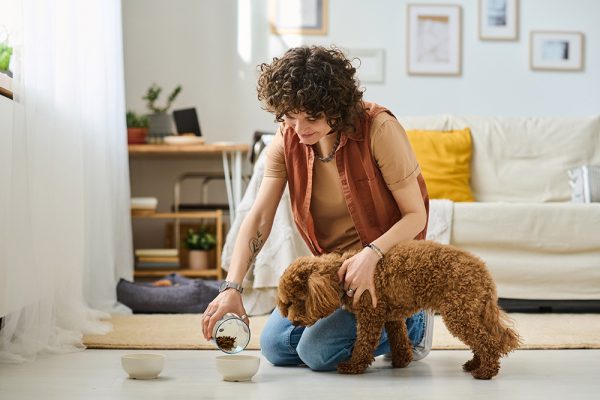In this article
View 2 More +If you ask someone who has never owned a dog about shoes or booties, they’d probably laugh. They may say that wolves don’t need anything on their feet, so why would our pets need them? Remember that wolves and other canids are well-adapted to the challenges of their habitats, and wolves and dogs share a common ancestor that diverged roughly 30,000 years ago.
Our dogs can benefit from wearing shoes in certain cases, as they are more advantageous than you may think. Our guide will give you some solid arguments when anyone questions why your pup is wearing booties.

About Dog Shoes and When to Use Them
Our canine companions face perils that their wild counterparts never encountered. Think of hot or cold pavement, stairs, and woodchip trails. Our pets deal with unnatural obstacles without the benefit of having adapted to them over time as wild canids have. Today, you’ll find shoes designed for our dogs for specific purposes. They are more comfortable than previous dog shoes and, thus, easier for your pup to get used to wearing. They’re more straightforward to put on your dog and a breeze to take off when you come back indoors. Manufacturers have also created products with the owner in mind regarding care and longevity.
Perhaps the best reasons for considering shoes for your pup are safety and convenience. You can slip them on your dog before their walk and remove them before they track mud inside your home, all while keeping their paws safe. It’s also quicker to take off your pet’s shoes than mop the kitchen after they get away from you and the towel at the end of a muddy walk! But what are the exact circumstances where you should actually consider putting them on your dog?

Cold Weather
One of the best uses of dog shoes is protection from the cold. Running in the snow and ice increases the risk of frostbite and serious complications. Temperatures dipping under 32°F/0°C increase the chances of it occurring. It’s a painful condition that booties can prevent.
The other concern is injury from ice. The shards are often sharp and can easily hurt your pup’s feet. Their paws are tough because of the contact they get on various surfaces, but ice is a different story. Shoes offer a layer of protection from this hazard. Remember that your pet may not instinctively avoid ice!
Hot Weather
This is undoubtedly a human-caused issue from the pet’s point of view. We created dark-colored pavement that absorbs the heat from sunlight, and you’ve probably encountered a similar threat from the hot, dry sand at the beach. You wear sandals to protect your feet, and similarly, your pup may need shoes when walking in the neighborhood. Thankfully, booties can prevent burns from the hot pavement.
You’ll find shoes designed specifically for this purpose. They are often lightweight to offer protection and allow for air circulation. Some products are also more manageable to use because of their features. Temperatures over 85°F/29°C on sunny days mean shoes are necessary when walking your dog on dark-colored pavement. As a general rule, if it’s too hot to hold your hand on for 10 seconds, it’s too hot for your dog’s paws.

Injury Prevention
If you’re planning a hike in the woods, shoes can protect your pup from other problems, such as wood chips or pebbles between their pads. Booties can also provide extra traction when traversing slick or wet ground. If your dog has an injured paw, booties can be used to cover the wound to keep it dry and clean when out and about.
Senior Pups
We’ve discussed outdoor uses for dog shoes. However, they may also come in handy indoors for senior pups. If you have hardwood floors, senior dogs with mobility issues may have issues walking on them safely because of the risk of slipping. Dog booties can provide welcome stability to help older dogs feel comfortable and secure.
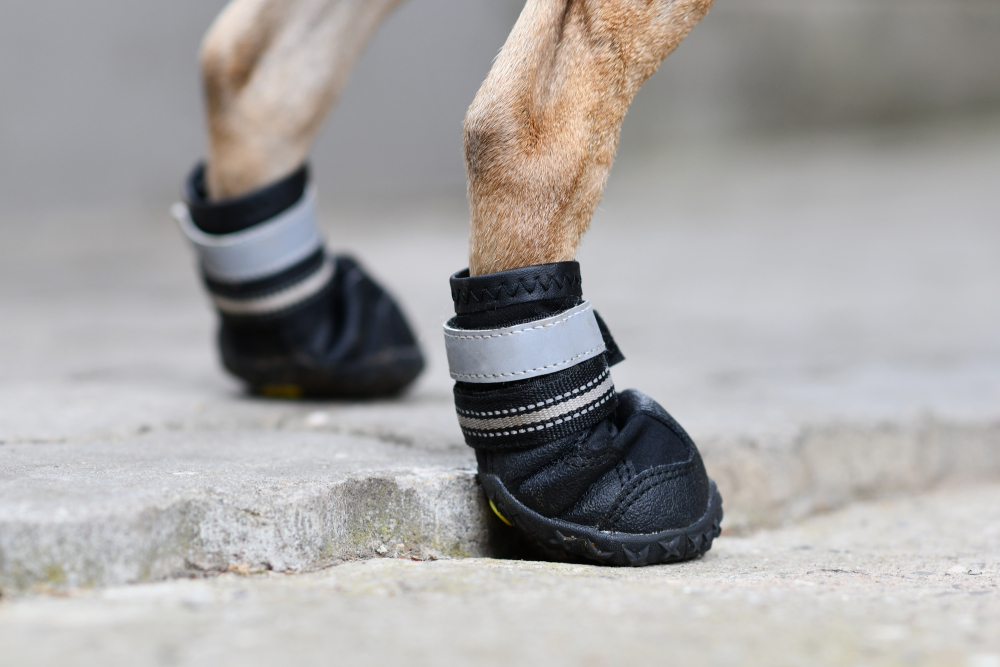

When to Forego Shoes
Getting your dog used to wearing booties is a process. It may not happen overnight. Of course, treats are a potent motivator for food-motivated dogs. However, we don’t recommend pushing it if your pet refuses to wear shoes. You know your pet best, and you understand where their limits lie.
Dog shoes are most useful in extreme temperature conditions and terrains. However, your pup probably doesn’t need to wear anything for their everyday walks unless they have a medical problem that necessitates this extra layer of protection.
Getting Your Pup Used to Shoes
If dog shoes seem like a wise option, you must get your pooch accustomed to them before relying on the benefits they offer. The trick involves creating a positive association between these seemingly unnatural objects. That means using treats or training aids, all while letting your pup investigate the booties in their own time.
Let your dog sniff the shoes while praising them and offering a treat. You can then try putting one on your pup and removing it. Once your pet seems comfortable with one shoe, you can add the second, third, and fourth at different training sessions, complemented with rewards and praise. Walking around your home is their dress rehearsal before taking to the road.
Don’t discount the value of your praise. Dogs are eager to please, and your voice and enthusiasm will also provide a distraction to the shoes. The aim is to get them to view the shoes positively, as something that they don’t mind and can hardly feel are on, after a while.
We recommend getting booties for the specific job you need them to do. If you’re concerned about the cold, get them winter shoes. If your pup must wear them to keep from slipping around indoors, buy boots for this use. The purposes of these products vary. It’s better to get some designed for the reason you need than try to make one set fit all purposes.


Final Thoughts
Shoes for dogs aren’t a silly choice. They’re practical and necessary for pups walking in extreme weather conditions to protect their feet. They can also safeguard them against injury when traversing rugged terrain. Booties even provide stability for senior pets on slick surfaces. They are a practical option to protect your pet in challenging conditions, so even though they don’t need them all the time, they are definitely a good way to keep their paws protected.
Featured Image Credit: otsphoto, Shutterstock
